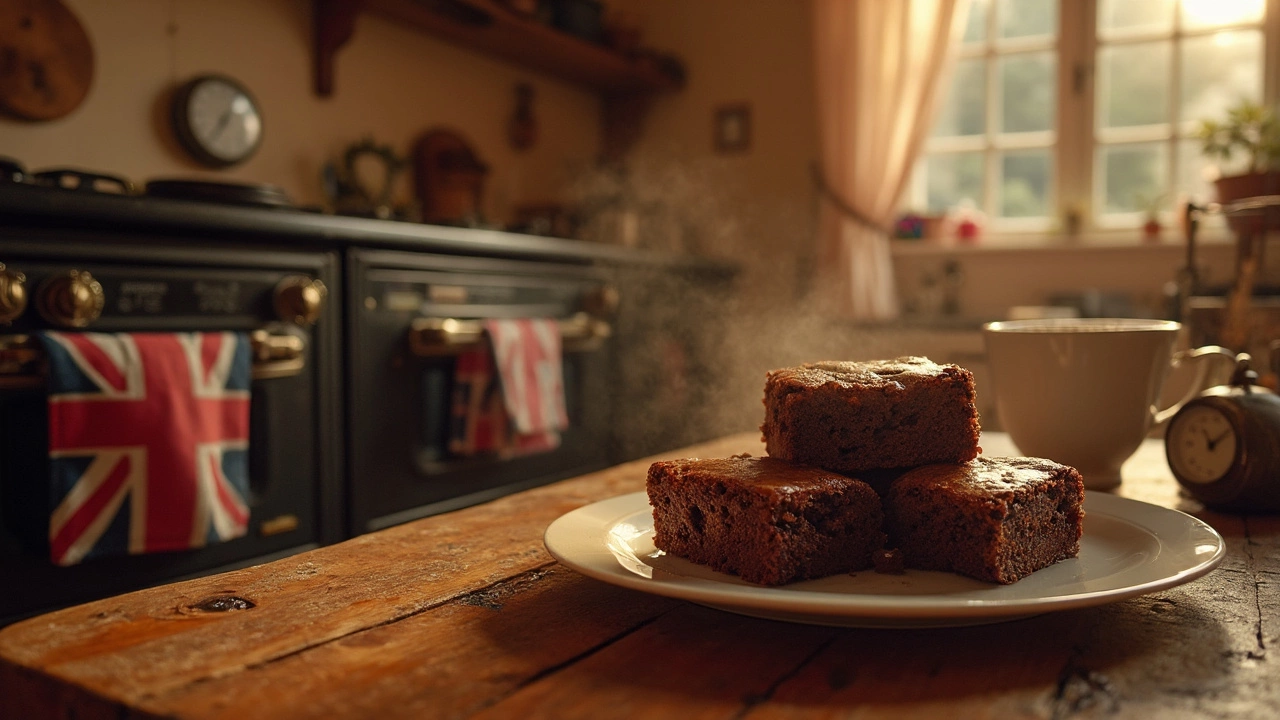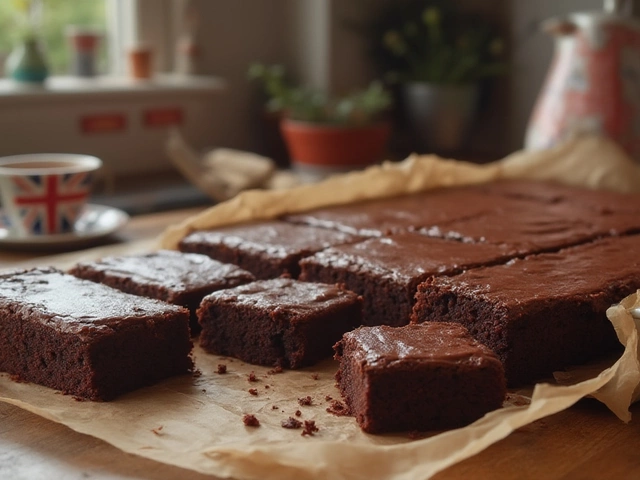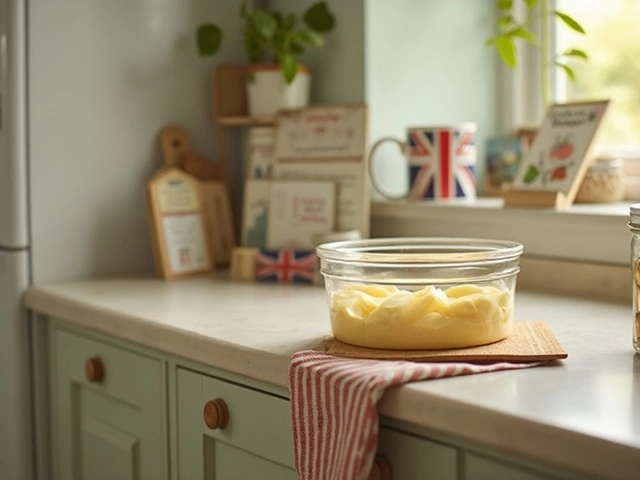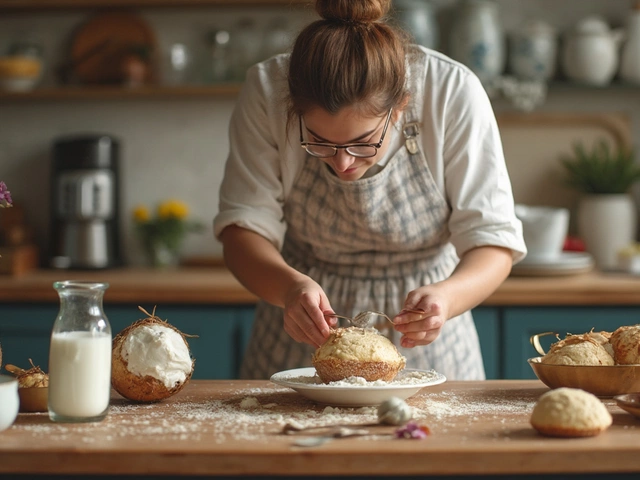Oven Tips & Tricks for Everyday Baking
Ever wonder why a cake sometimes falls flat or cookies spread too much? Most of the time it’s the oven, not your recipe. Below are straight‑forward tips that make your oven work for you, not against you.
Get the Temperature Right
First thing: always preheat. A hot oven gives the batter a quick rise and locks in moisture. Set the dial, wait for the indicator, then slide your pan in. If you don’t have an oven thermometer, buy one cheap online. Many ovens run hotter or cooler than the dial says, and a thermometer catches that.
When a recipe calls for 350°F (180°C), stick to it. If you’re making something delicate like a soufflé, lower the temperature by 25°F to keep the rise gentle. For crusty breads, crank it up to 425°F (220°C) for the first 15 minutes, then drop it down. Simple temperature tweaks can turn a flat loaf into a bakery‑level loaf.
Position, Airflow, and Timing
The rack matters. Place cakes on the middle rack so heat surrounds them evenly. Use the top rack for browning the tops of casseroles, and the bottom rack for a crisp crust on pizzas. Avoid crowding pans; air needs to circulate. If you bake two trays at once, rotate them halfway through the cook time.
Don’t open the door every few minutes. Every peek drops the temperature by 25°F, and the oven has to work harder to recover. Trust the timer. If you need to check doneness, use a toothpick or a quick visual cue instead of opening the door.
Other quick wins: place a shallow pan of water on the lower rack for moist cakes, or sprinkle a little flour on the bottom of a sheet pan to avoid sticking. Use silicone mats for even browning without extra grease.
Keep Your Oven Clean and Efficient
Spills baked onto the walls become hot spots that can burn food. Let the oven cool, then wipe it with a damp cloth and a splash of vinegar. For tough grime, a paste of baking soda and water does the trick—apply, let sit, then scrub.
Check the seal around the door. A cracked gasket lets heat escape, making the oven work harder and raising your energy bill. Replace it if you feel warm air leaking out.
Finally, give your oven a quick self‑clean cycle once a year if it has that feature. It burns off residue and keeps the interior fresh.
With these easy habits, you’ll notice better rise, even browning, and fewer surprises. Your oven becomes a reliable partner, and you’ll spend less time guessing and more time enjoying tasty results.






